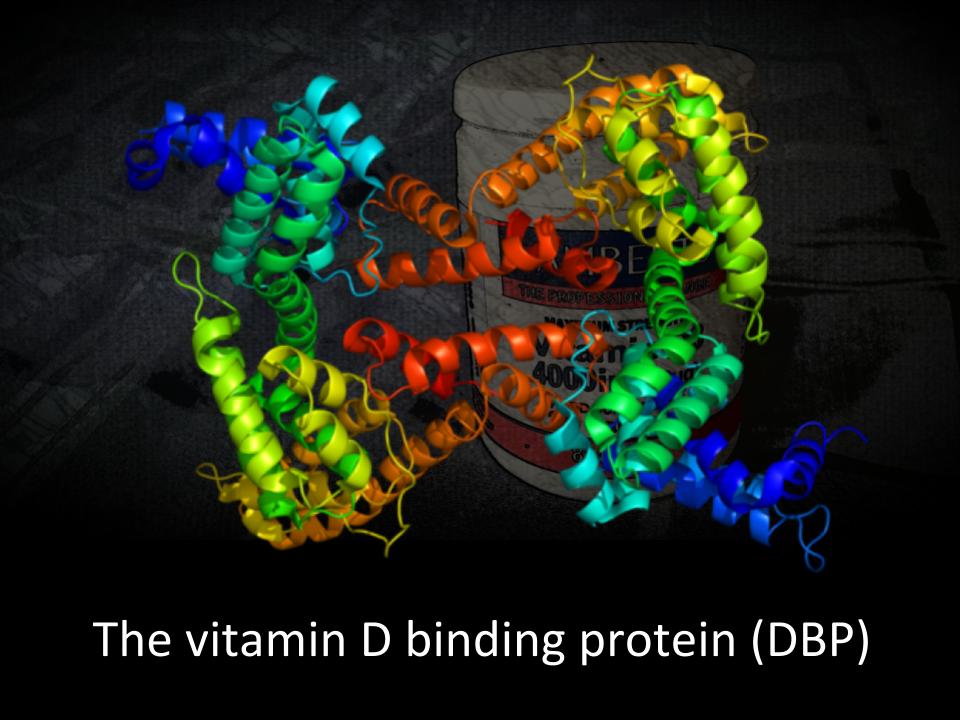 Vitamin D is an important nutritional factor. However, vitamin D is not a true vitamin as a dietary source is not essential. In cases where adequate sunlight exposure is available, vitamin D is not required in the diet. Further, dietary sources of vitamin D are highly limited, with good sources including mushrooms, liver, eggs, fish and fish oils. Because some do not have access to the sun all year round, and because of the limited availability of good sources of vitamin D in the diet, many choose to supplement with vitamin D. Current recommendations are to consume between 2000 and 4000 IU of vitamin D3 per day in the absence of sunlight. However, the amount needed in order to satisfy vitamin D requirements is not known. One of the problems with vitamin D supplementation is that variations exist in the individual response to supplements and this variation means that different people may require greatly different amounts of the vitamin in order to maintain an adequate vitamin D status.
Vitamin D is an important nutritional factor. However, vitamin D is not a true vitamin as a dietary source is not essential. In cases where adequate sunlight exposure is available, vitamin D is not required in the diet. Further, dietary sources of vitamin D are highly limited, with good sources including mushrooms, liver, eggs, fish and fish oils. Because some do not have access to the sun all year round, and because of the limited availability of good sources of vitamin D in the diet, many choose to supplement with vitamin D. Current recommendations are to consume between 2000 and 4000 IU of vitamin D3 per day in the absence of sunlight. However, the amount needed in order to satisfy vitamin D requirements is not known. One of the problems with vitamin D supplementation is that variations exist in the individual response to supplements and this variation means that different people may require greatly different amounts of the vitamin in order to maintain an adequate vitamin D status.

The vitamin D binding protein (DBP) has a number of genetic variations. These variations determine the response an individual shows to vitamin D supplements. The vitamin D binding protein is important because it determines the amount of vitamin D that is available to cells. Vitamin D and its metabolites bind to the vitamin D binding protein and another protein called albumin. Only the fraction of the vitamin D not bound to these proteins is available to cells. Therefore the type and amount of the binding proteins present in the blood can determine the amount of vitamin D available to cells for metabolic processes. In this way the vitamin D binding protein can act as a store of the vitamin in the blood, limiting the vitamin D presented to the cells. Those with variant of the vitamin D binding protein that bind the vitamin more readily may require higher intake of supplements to get the same response. Image shows the vitamin D binding protein. Image from: By Emw (Own work) [CC BY-SA 3.0 (https://creativecommons.org/ licenses/by-sa/3.0) or GFDL (http://www.gnu.org/ copyleft/ fdl.html)], via Wikimedia Commons
For example, in one study researchers investigated the variation of levels of the vitamin D binding protein (DBP) in healthy individuals. The researchers identified 3 different variants of the T436K gene that encode for the vitamin D binding protein in healthy individuals. The variants of the gene were designated TT, TK and KK. The participants were then given either 600 (15 μg) or 1000 IU (100 μg) per day of vitamin D3 (cholecalciferol). The results of the study showed that the mean increases in the 25-hydroxyvitamin D levels of the subject (25-hydroxyvitamin D is the accepted vitamin D biomarker to assess vitamin D status) increased by 97 % for the TT genotype, by 151 % for the TK genotype and by 307 % for the KK genotype. The authors concluded that the T436K gene was able to predict the increase in vitamin D levels following supplementation. These results suggest that large genetic variation in the response to vitamin D exists and that this will determine the amount of the vitamin required in the diet.
Eat Well, Stay Healthy, Protect Yourself
RdB
